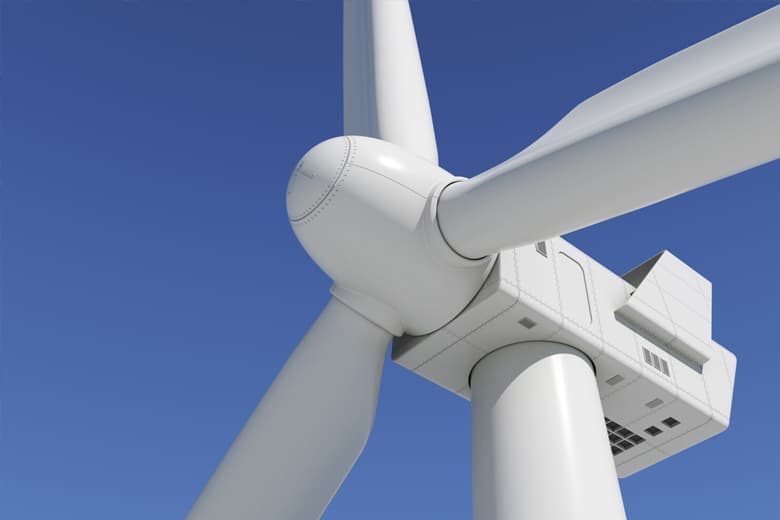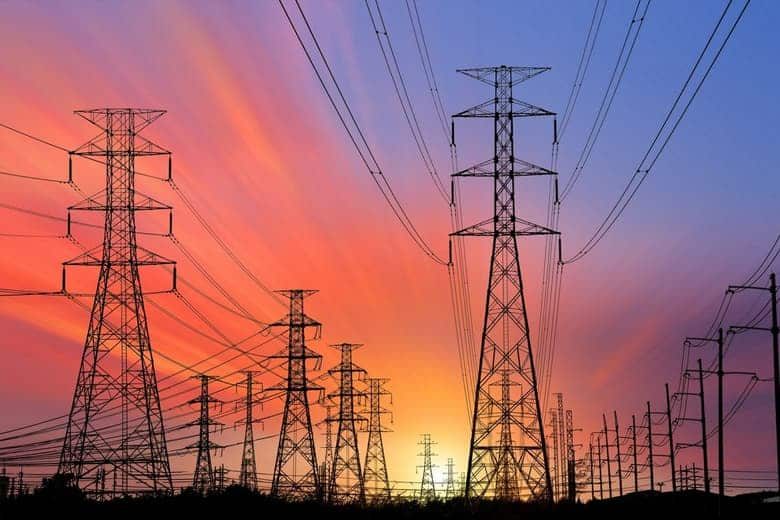Whether based on fossil fuels, nuclear technology, or renewable energy sources such as wind, solar or geothermal, steel is vital to powering the world and will remain so in the future.
Whether based on fossil fuels, nuclear technology, or renewable energy sources such as wind, solar or geothermal, steel is vital to powering the world, and it will be in the future. Regardless of the source, steel plays a vital role in producing and distributing energy, as well as providing energy efficiency.

Steel is used in all areas of renewable energy
- Biomass: steel is used extensively in agriculture.
- Solar: steel plays a key role in converting solar energy into electricity or hot water. It is used as a base for solar thermal panels and in pumps, tanks, and heat exchangers.
- Wave and tidal: a steel pile is the main component of a tidal turbine in tidal energy systems. Steel is also used to fabricate wave energy devices. The steel used is formulated to withstand the challenges of the marine environment.
- Hydroelectric: steel is needed to reinforce concrete dams.
- Wind: steel is the main material used in onshore and offshore wind turbines. Almost every component of a wind turbine is made of steel, from the foundation to the tower, gears, and casings (see Steel Solutions in the Green Economy: Wind turbines). Steel provides the strength for taller, more efficient wind turbines.
Steel is used in nuclear and fossil fuel-based energy
- Mining equipment
- Offshore oil platforms
- Equipment for oil and gas extraction and production
- Pipelines for the distribution of natural gas and oil
- Storage tanks
- Power plants
Steel is used for the production and distribution of electricity
- Transformers (magnetic steel core)
- Generators and electric motors
- Power distribution pylons and steel-reinforced cables
Steel is used for energy transport and distribution
- Ships, trucks, and trains used to transport fuel
- Transport networks: steel is required for bridges, tunnels, rail tracks, and in construction buildings such as fueling stations, train stations, ports, and airports.
Fossil fuel power plants
- High temperature-resistant steels have made efficiency in steam power plants possible and have the potential to be developed and employed even further.
- Combined heat and power (CHP) allows waste heat in power plants to be used for power generation as heat energy, increasing the overall efficiency of fossil fuel power plants. The waste heat is transported exclusively in steel pipes.
- Transformers: Transformers step down the voltage from power stations to household voltage. The magnetic core of transformers is made of steel. As a result of continual development and increased application of new electrical steel grades, the energy loss in modern transformers can be reduced by 35% compared to conventional ones.

Benefits of using steel in energy production and distribution
- Contains recycled steel and is endlessly recyclable
- Is safe and provides structural integrity
- Durable
- Strong
- Cost efficient compared to other materials
- Precise
- Steel pipes have a lower environmental impact than transporting water or fuels by truck or ship
- Wind towers are easy to set up and maintain
- Stainless Steel Sheet
- Stainless Steel Plate
- Stainless Steel Tube
- Stainless Steel Pipe
- Stainless Steel Bar
- Stainless Steel Rod
- Stainless Steel Coil
- Stainless Steel Strip
- Stainless Steel Angle
- Stainless Steel Flat Bar
- Stainless Steel Channel
- Stainless Steel Wire
- Stainless Steel Wire Mesh
- Stainless Steel Rectangular Tube
- Stainless Steel Cable
- Stainless Steel Threaded Rod
Get The Solution
We offer our customers the opportunity to increase profitability by meeting their just-in-time production schedules and offering customized services to meet end-user-specific requirements. Posco Group has always been committed to improving customer service and product quality and providing high-value solutions for customers’ businesses. Satisfying the needs of customers is our daily work goal!

